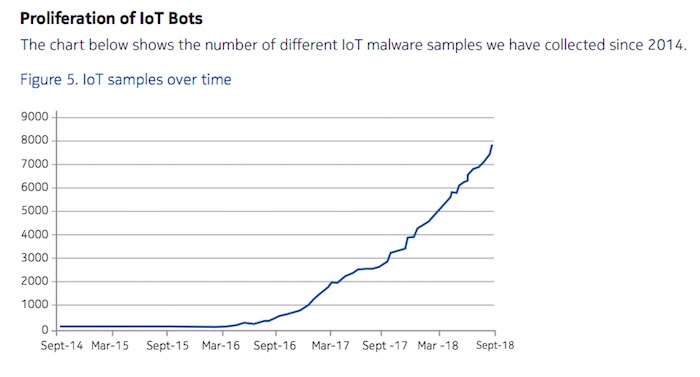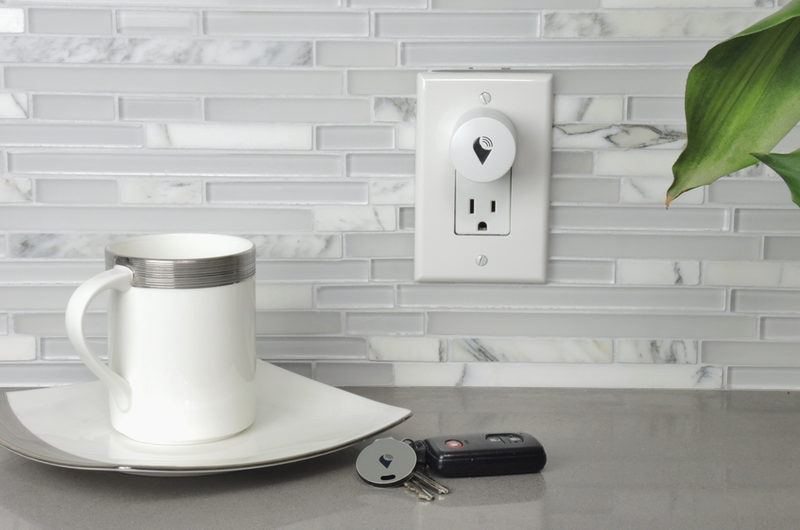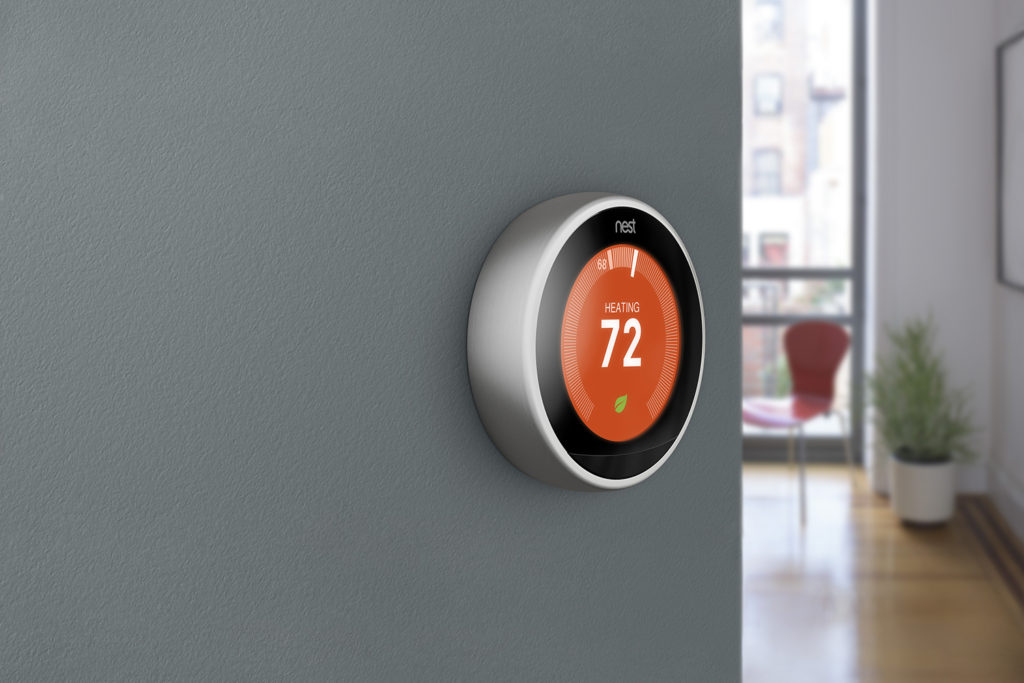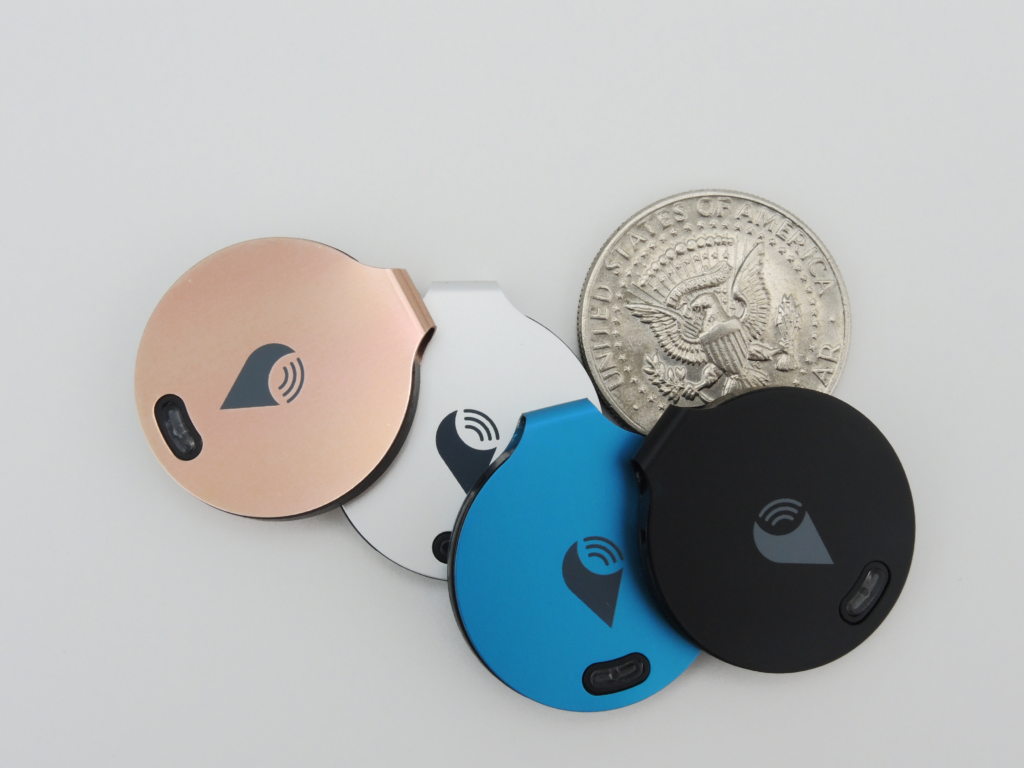This week we tackle a bunch of device news, the rebranding of TrackR, the end of ARM’s Cordio Bluetooth IP and Nokia’s latest data on IoT botnets. We also ask what y’all think about network security devices and services for the connected home. We don’t currently consider them a must-have device, but should we? In device news, we mention Arlo’s new 4K security camera, iHome’s new mirror and alarm clock, IKEA’s $10 smart plug, Bose’s connected sunglasses, and Free ISP’s new Freebox Delta. We also discuss Kevin’s purchase of the Google Home Hub and my review of the First Alert Onelink Safe & Sound smoke detector and smart speaker. Finally, we answer a question about what connected tech belongs in the bedroom.

Our guest this week is Heather Reed-Fenske, the chief information technology officer at the City of Calgary. She talks about how Calgary has built a sensor network on top of its existing city-wide fiber network. Calgary is using LoRa radios that cost about $45,000, and is layering all kinds of new services on top of the network. She talks about what that has meant for city workers, trees and even concert promoters. We also discuss privacy and how governments should think about deploying smart tech in municipal settings. It’s a fun show.
Hosts: Stacey Higginbotham and Kevin Tofel
Guest: Heather Reed-Fenske, the CITO at the City of Calgary
Sponsors: Digicert and Afero
- Bluetooth trackers are boring, so those companies are changing
- Should a network defense product be part of your smart home?
- First Alert’s smart smoke detector is pricey and smart
- How Calgary uses its LoRa network to keep trees alive
- Real time noise sensors keep outdoor concerts in line
Podcast: Play in new window | Download | Embed
Subscribe: RSS



